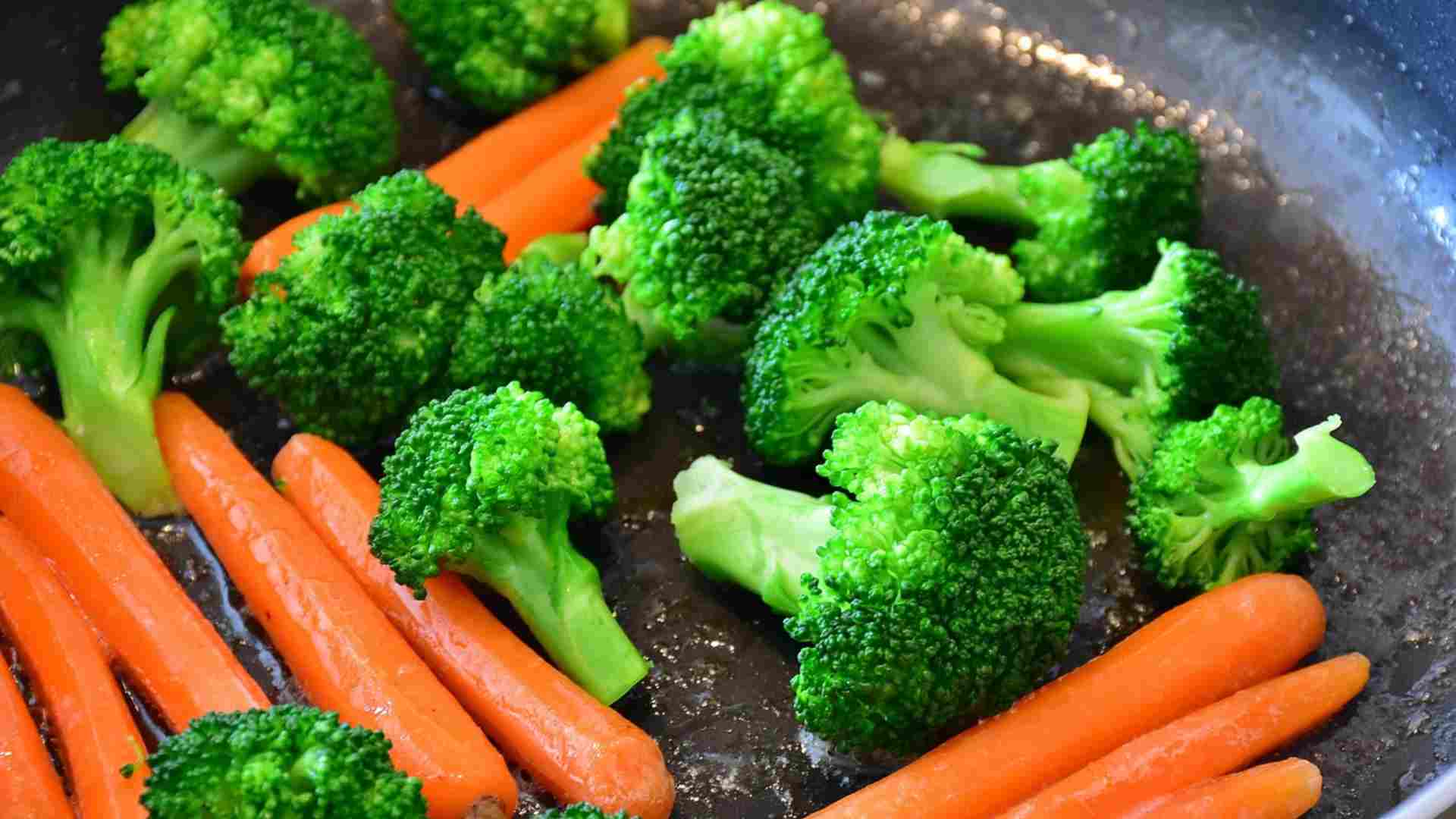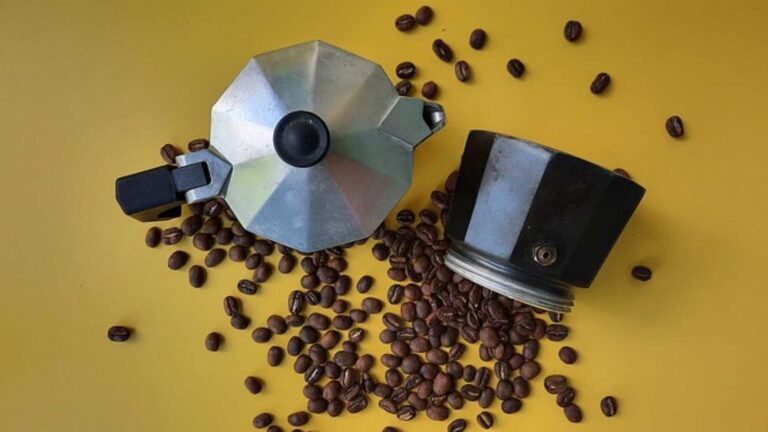Steaming Vegetables Without a Steamer: Easy and Healthy Cooking Tips
Steaming vegetables is one of the healthiest and most delicious ways to prepare them. It helps retain their natural nutrients and flavors while maintaining a desirable texture. While a steamer is a convenient kitchen tool for this purpose, you don’t need to worry if you don’t have one. There are several simple and creative methods to steam vegetables without a steamer. In this article, we will explore these alternative techniques, enabling you to enjoy perfectly steamed vegetables without any specialized equipment.
The Stovetop Method:
The stovetop method is the most straightforward and traditional way to steam vegetables. All you need is a pot with a tight-fitting lid. Here’s how to do it:
Step 1:
Prep the Vegetables Wash your vegetables thoroughly and cut them into evenly sized pieces to ensure even cooking. Broccoli florets, cauliflower, carrots, green beans, and asparagus are some great options for steaming.
Step 2:
Add Water to the Pot Pour about one inch of water into the pot and bring it to a boil over medium heat.
Step 3:
Insert a Steaming Basket If you have a metal colander or a heat-safe sieve, place it into the pot, making sure it sits above the water level. The vegetables should not touch the water directly.
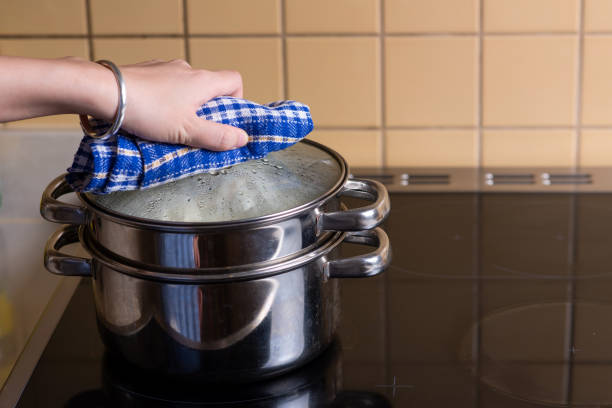
Step 4:
Add the Vegetables Put the prepared vegetables into the steaming basket or directly into the pot if you don’t have a basket. Spread them out evenly for consistent cooking.
Step 5:
Cover and Steam Cover the pot with the lid and let the vegetables steam for about 5-10 minutes, depending on their size and desired tenderness. Check for doneness with a fork; they should be tender but not mushy.
Step 6:
Remove and Serve Once the vegetables are steamed to perfection, carefully remove them from the pot and serve immediately.
The Microwave Method:
Steaming vegetables in the microwave is a quick and efficient way to preserve their nutrients and vibrant colors. Here’s how you can do it:
Step 1:
Prep the Vegetables Follow the same preparation steps as for the stovetop method.
Step 2:
Place in a Microwave-Safe Dish Put the vegetables in a microwave-safe dish and add a tablespoon of water. This will create steam as the dish heats up.
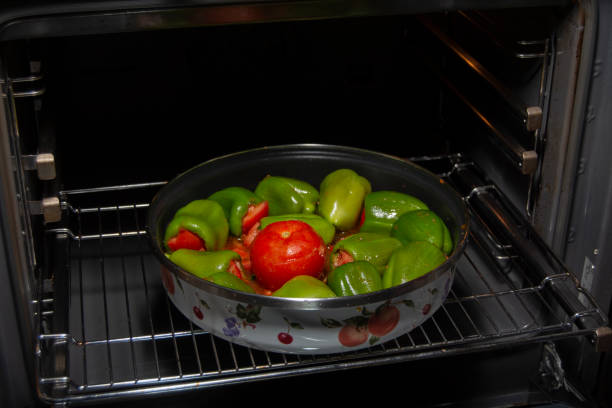
Step 3:
Cover and Microwave Cover the dish with a microwave-safe lid or microwave-safe plastic wrap, leaving a small vent for steam to escape. Microwave on high for 2-4 minutes, depending on the vegetable type and desired tenderness. Check doneness with a fork.
Step 4:
Remove and Serve Once the vegetables are tender, remove them from the microwave and serve immediately.
The Foil Packet Method:
The foil packet method is a fantastic option for outdoor cooking, as it allows you to steam vegetables on a grill or over an open flame. Here’s how to do it:
Step 1:
Prep the Vegetables Prepare the vegetables as you would for the other methods.
Step 2:
Create Foil Packets Tear off a sheet of heavy-duty aluminum foil. Place the vegetables in the center of the foil, drizzle with a little olive oil, and season with salt, pepper, and your favorite herbs or spices.
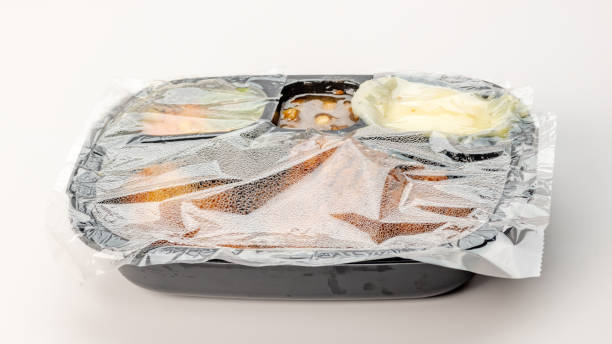
Step 3:
Seal the Foil Packets Fold the foil over the vegetables and crimp the edges to create a sealed packet. Ensure there are no gaps for steam to escape.
Step 4:
Grill or Cook Place the foil packets on a preheated grill or over an open flame. Cook for about 10-15 minutes, turning the packets occasionally for even cooking.
Step 5:
Open and Serve Carefully open the foil packets to release the steam. Be cautious as the steam can be hot. Serve the steamed vegetables immediately.
The Wok or Pan Method:
If you have a wok or a deep frying pan, you can easily transform it into an impromptu steamer. Here’s how:
Step 1:
Prep the Vegetables Prepare the vegetables as usual, cutting them into evenly sized pieces.
Step 2:
Add Water to the Wok/Pan Pour water into the wok or pan, about one inch deep. Bring it to a boil over medium heat.
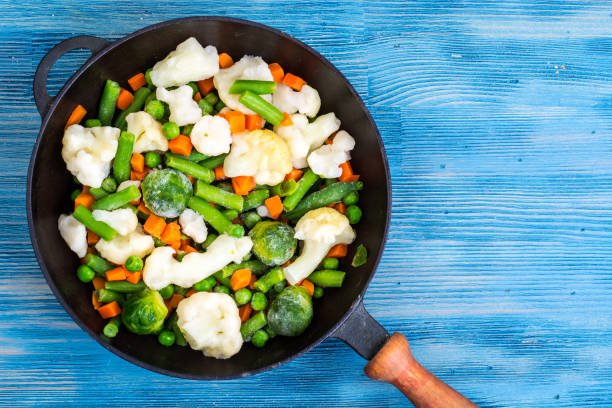
Step 3:
Insert a Steaming Rack or Utensil Place a heatproof rack or a few metal chopsticks at the bottom of the wok or pan. Alternatively, you can use an upturned heatproof bowl to elevate a heatproof plate.
Step 4:
Add the Vegetables Put the vegetables onto the steaming rack or plate, ensuring they do not touch the water.
Step 5:
Cover and Steam Cover the wok or pan with a lid, and steam the vegetables for 5-10 minutes, depending on their size and desired tenderness.
Step 6:
Remove and Serve Once the vegetables are perfectly steamed, carefully remove them from the wok or pan and serve immediately.
Conclusion:
Steaming vegetables without a steamer is a simple and accessible way to enjoy healthy and flavorful dishes. Whether you use the stovetop, microwave, foil packet, or wok/pan method, each technique offers its unique advantages and convenience. So, the next time you’re in the mood for some deliciously steamed vegetables, feel confident in your ability to prepare them using these easy and efficient methods without the need for a specialized steamer. Happy cooking! stay tuned to https://thelifonews.com/ for more information.
FAQ
Can I steam frozen vegetables using these methods?
Yes, you can use these methods to steam frozen vegetables. Just adjust the steaming time accordingly, as frozen vegetables might take a bit longer to cook compared to fresh ones.
What other vegetables can I steam using these methods?
You can steam a wide variety of vegetables using these methods, such as Brussels sprouts, zucchini, sweet potatoes, bell peppers, and even leafy greens like spinach or kale. Experiment with different vegetables to discover your favorite combinations.
Can I season the vegetables while steaming them?
Absolutely! Seasoning your vegetables while steaming can add extra flavor to your dishes. You can use various herbs, spices, or sauces to enhance the taste. Just be cautious with the quantity, as steamed vegetables tend to have a delicate flavor, and too much seasoning can overpower them.
